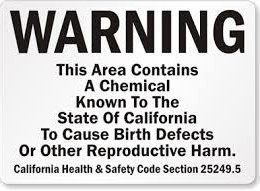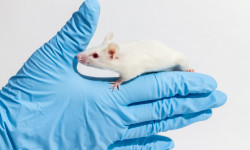Will Everything Sold in California Come with a Warning Label?

We’ve talked about California’s ridiculous law requiring warning labels on everything from flip flops to coffee on this blog many times before—there are very few places you can visit in California without seeing a label “Warning this area or product contains chemicals known to the State of California to cause cancer or reproductive harm.” But this week, California kicked up its anti-science approach to consumer safety another notch by adding Bisphenol A (BPA) to its list of nearly 900 chemicals that require consumer warnings.
BPA is everywhere. It’s used as part of the lining in metal cans. It’s used in many printed receipts. And it’s found in myriad plastic products. Because it’s so ubiquitous, it’s also extremely well studied. There have been thousands of studies on BPA performed in the last decade alone. The U.S. Food and Drug Administration and European Food Safety Administration regularly review this research, and recently reconfirmed their opinion that BPA is safe and poses no risk to human health as it’s currently used.
Even though the FDA is one of the “authoritative bodies” California is supposed to defer to, and even though the FDA sent a letter to the committee of California regulators repeating that the agency has reviewed the research and found BPA to pose no health risk, California still opted to take its own approach to science and require warning labels for products containing BPA.
Manufacturers don’t want to put warning labels on their products if it’s avoidable. Even when the risk of harm is infinitesimal, the label doesn’t inform consumers of their actual risk from using a product branded with a Prop 65 warning label. So instead, BPA (like many other chemicals on the Prop 65 list) will begin being replaced, inevitably by less tested alternatives.
As Center for Accountability in Science Chief Science Officer Dr. Joseph Perrone told Reuters, this decision to list BPA under Prop 65 highlights the sheer ridiculousness of the law and stirs up “more needless fear about safe products.”





